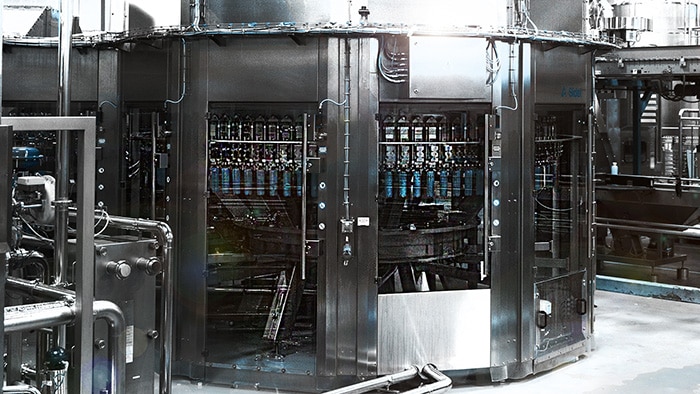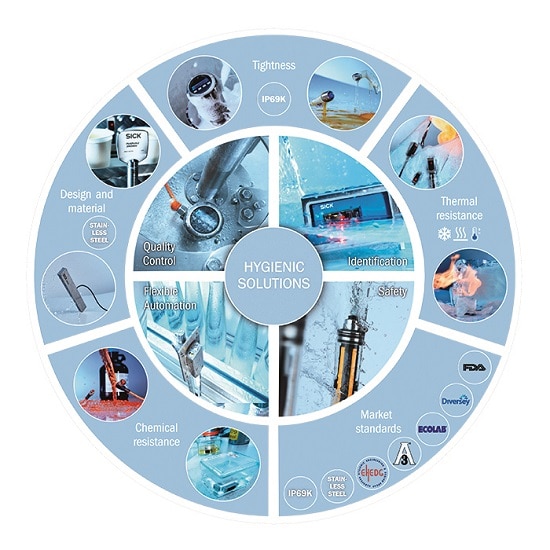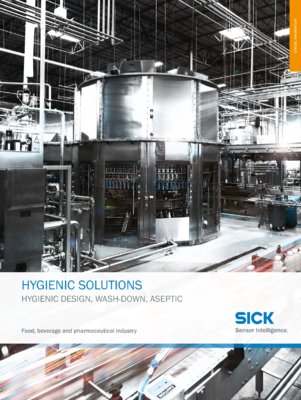Hygiene-compliant sensor solutions for a wide variety of requirements
The portfolio of stainless-steel sensors and accessories from SICK offers hygienic solutions for flexible automation, protecting machines and processes, for quality control, and for identification applications. To ensure the continuous and long-term safety of products and processes, it is necessary to solve a variety of requirements with regard to the chemical resistance, thermal resistance, impermeability, and structural design of the stainless-steel sensors while adhering to market standards. These are interrelated like the links of a chain, where the weakest link will determine the suitability of the sensor or system solution for hygienic applications.
Washdown and hygienic design: a rewarding investment
Hygiene-compliant sensors “shine” not only on account of their stainless-steel housing but also as a result of numerous other measures that guarantee best possible chemical and thermal resistance as well as impermeability. The hygienic design of the stainless-steel sensors from SICK embodies a great deal of know-how regarding the food, beverage and pharmaceutical industry. Different levels of requirements apply to the various hygiene zones in these sectors. Sensors for product contact zones, food zones, and splash zones therefore need to fulfill more stringent hygiene regulations than sensors for non-product contact zones and non-food zones.
Product contact zone
The structural and hygienic design of sensors for the pharmaceutical industry needs to satisfy the stringent hygiene standards that apply in that sector. Only by ensuring a seamless housing design, smooth transitions between the front screens and the operating and visualization components on the sensor, and rounded edges and beveled surfaces is it possible to reliably and permanently eliminate the residues that act as breeding grounds for bacteria and other microorganisms. Aggressive chemicals such as hydrogen peroxide are frequently used to clean the machine parts.
Food zone (hygiene zone)
Hygienic sensors are constructed in such a way that they can be used in direct contact with foods, i.e. in the hygiene zone of a machine. Machines and systems that have been hygienically designed provide no, or hardly any surfaces on which product deposits can build up. Fewer buildups of product deposits mean less cleaning, in turn reducing the amount of detergent, water, and energy required. Plant availability is increased as a result of shorter cleaning process times – this is a real economic benefit, particularly if products are changed frequently.
Splash zone (cleaning zone, washdown)
Washdown indicates that the splash zone of a machine can be wet-cleaned easily and quickly – and with this type of cleaning, there will be very few or no residues (food, cleaning agents, or water) left on the surfaces. Sensors in the splash zone must therefore be rugged when exposed to cleaning agents and high-pressure cleaning.



